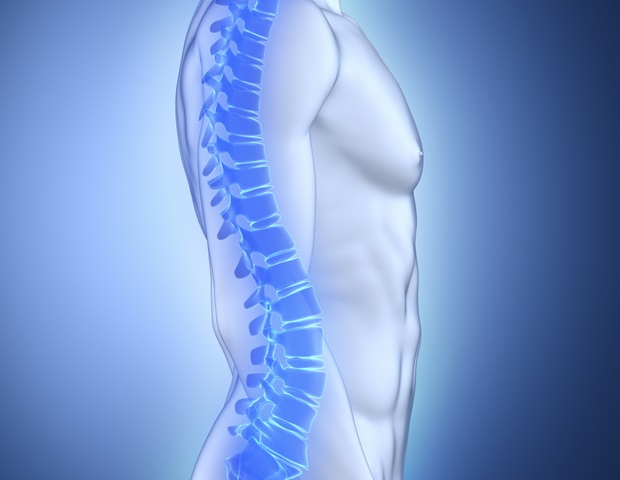MOORHEAD — Cuts to Medicaid would affect far more than the 1.5 million Minnesotans who rely on it for insurance, state of Minnesota officials say. State health care officials and local leaders gathered Thursday, April 24, in Moorhead for a roundtable discussion of how proposed federal cuts to Medicaid could affect Minnesotans.
Medicaid is a federal and state health insurance program for low-income adults, children and people with disabilities. The concern that Medicaid could lose funding for programs and services comes after the U.S.

House of Representatives passed a resolution directing the House Committee on Energy and Commerce, which oversees Medicaid, to find $880 billion in cuts over the next 10 years. In Minnesota, cuts could amount to losing $1.6 billion in federal funding for Medicaid, according to John Connolly, state Medicaid director and deputy commissioner of the Minnesota Department of Human Services.
At present, Minnesota receives around $10 billion annually for Medicaid. “The proposed $880 billion target is large, but it’s not just an abstract figure,” Connolly said. “It represents a direct threat to the health and well-being of our state and countless Minnesotans, and also the stability of our health care system.
” In Clay County, nearly 19,000 people are enrolled in Medical Assistance, Minnesota's Medicaid program, and 43% of those enrollees are children under the age of 19, Connolly said. People use it to pay for children’s checkups, preventative care and long-term care costs. Cuts to the program could result in some Minnesotans losing health care coverage through Medicaid entirely, and for those still covered by the program, it could lead to reduced coverage, he said.
Health care providers could also be affected by the cuts, said Julia Dreier, deputy commissioner of insurance at the Minnesota Department of Commerce. Because Medicaid is a payment source, cuts to the program and uncertainty around funding could lead to closures or reduced staffing at hospitals, clinics and other health care facilities in Minnesota. “We’re particularly concerned about this impacting rural parts of Minnesota where health care is a major employer,” Dreier said.
Cuts could also cause insurance premiums in other parts of the market to rise, she said. Bill Smith, statewide director of behavioral health for Lutheran Social Service, said Medicaid cuts will affect behavioral health care coverage, in turn affecting other local services. LSS provides behavioral health services for 3,600 people, including children, youth, families and veterans.
More than 60% of those people have Medicaid. “Without services, there’s often an increase in reliance on emergency room visits, more frequent interaction with law enforcement and challenges at workplaces and schools,” Smith said. As the Trump administration focuses on reducing waste, fraud and abuse in federal government spending, Republicans in Congress are mulling work requirements and more frequent eligibility checks for Medicaid.
Clay County Social Services Financial Assistance Supervisor Mikala Wodarek said those checks would undo steps Minnesota has taken to make it easier to get health insurance coverage. “If we’re requiring more frequent renewals or more frequent, maybe, participation in outside programs, like a work program or something, it’s just making more barriers and making things more complex for our already vulnerable populations that already have a lot on their plate and a lot to keep up with,” Wodarek said. Moorhead City Council Member Lisa Borgen asked about changes to Medicaid in the proposed state budget.
Minnesota faces a $6 billion deficit for the 2028-29 fiscal year. Gov. Tim Walz’s budget proposal includes changes to Medicaid waivers, which provide funding for home or community-based care services for people with disabilities.
Those changes would amount to $1.3 billion in savings for the state over the next four years. “The federal cuts are huge, and it’s going to affect the state of Minnesota, but the state of Minnesota also has to have their own budget, and if they’re making cuts to Medicaid alongside the federal cuts, that’s going to really affect us, as well,” Borgen said.
The Moorhead roundtable was the seventh in a series of meetings around Minnesota about the proposed cuts. Connolly said he heard similar concerns from local leaders and residents at each stop. “I think a lot of people are learning about the reach of the program," he said, noting "the outsized role that it plays in long-term care, in behavioral health services, both substance use disorder treatment and mental health services, learning about the number of kids it covers or the share of our children that it covers, and births.
".
Health

State, local health leaders warn of impacts Medicaid cuts could have on Minnesotans

State health care officials and local leaders gathered Thursday, April 24, in Moorhead for a roundtable discussion of how proposed federal cuts to Medicaid could affect Minnesotans.















